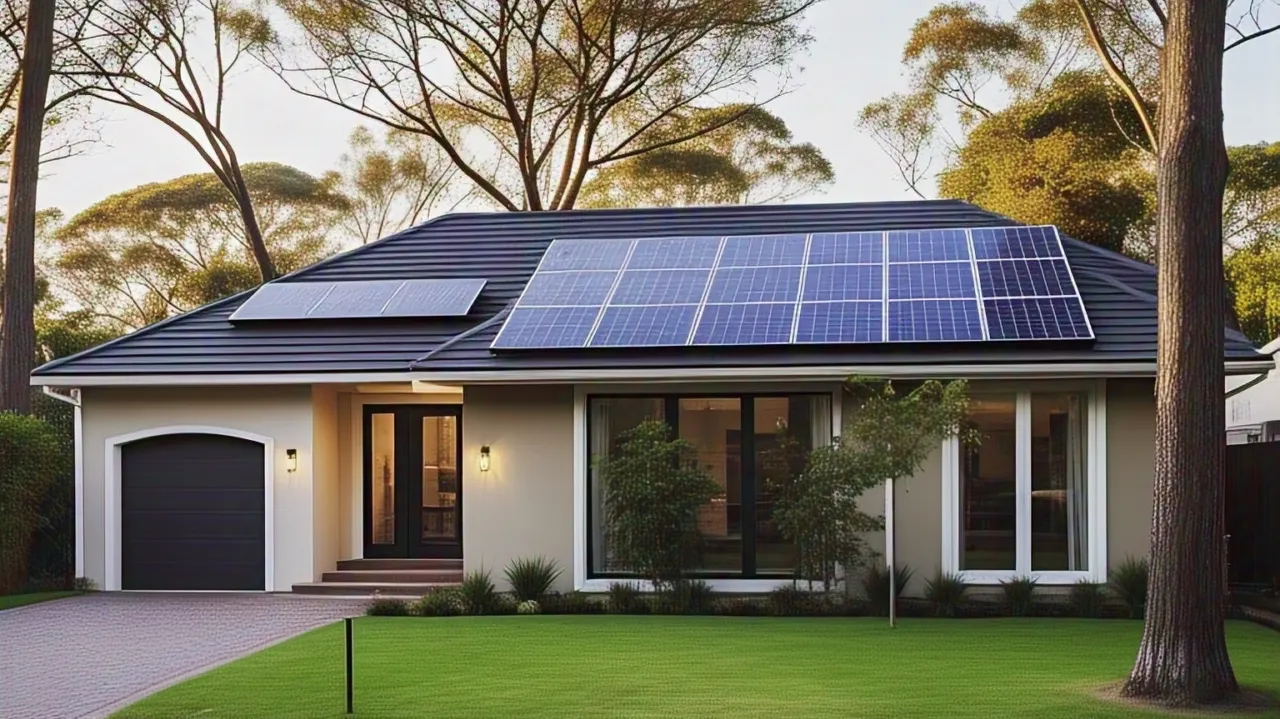Australia has made significant strides in renewable energy, with nearly 40% of its electricity now coming from sources like wind and solar—four times more than 15 years ago. But instead of falling, power prices are set to rise yet again. Given that renewables are the cheapest form of newly built energy, many Australians are left wondering why their electricity bills aren’t dropping. Let’s break down the reasons behind this.
The Real Cost of Renewables
Renewables like solar and wind are indeed cheaper to generate than coal or gas. Once built, they don’t require expensive fuel to keep running, which should, in theory, lead to cheaper electricity. But the problem lies in how this power reaches Australian homes and businesses.
Australia’s electricity grid was designed decades ago to connect coal and gas plants located near cities. However, wind and solar farms need to be built where the wind blows or the sun shines, often far from urban centres. To integrate this renewable energy, the grid needs to be upgraded with thousands of kilometres of new high-voltage transmission lines. These upgrades are expensive and, combined with storage costs for when the sun isn’t shining or the wind isn’t blowing, they’re pushing up electricity prices instead of lowering them.
Grid Storage and Transmission—The Major Challenges
Renewable energy generation doesn’t match up with when we use electricity. Solar panels produce power during the day, but we consume most energy in the evening. To balance this, the system needs ways to store energy and release it when required. Current solutions, such as grid-scale batteries and pumped hydro schemes, are costly to implement.
Furthermore, the necessary 10,000 km of new transmission lines won’t be cheap, and cost blowouts are already common. These expenses, combined with delays due to local objections, are some of the reasons why the lower cost of generating renewable energy isn’t translating to cheaper bills.
Regional Price Differences
While power prices are going up across the country, the rate of increase isn’t uniform. In Victoria, prices are set to rise by just 0.7%, far lower than other states like New South Wales, where increases could be as high as 8.9%. This is because Victoria has better transmission connections with other states, allowing it to import cheaper wind energy from South Australia and hydroelectric power from Tasmania. These strong interconnections have helped keep prices lower in Victoria than in the rest of the National Energy Market.
How to Save on Your Electricity Bill
Even with prices rising, there are ways to lower your electricity costs. Regularly comparing electricity plans can save you money, as many providers offer better deals to new customers. Staying on the same plan for too long can leave you paying what’s known as a “loyalty tax.”
For those who can, installing rooftop solar panels is a great way to cut costs. Millions of Australian households are already enjoying reduced electricity bills thanks to solar power. If your home is energy-efficient, you can save even more. And for households that use a lot of energy at night, when solar panels aren’t generating power, home batteries could make a significant difference.
Even without solar, making small changes like improving insulation or using energy-efficient appliances can help lower your power consumption and reduce bills.
Is the Transition to Renewables the Right Path?
There’s no doubt that the current transition to renewable energy is costly, but experts agree it’s the right move for Australia’s long-term energy future. Our coal plants are aging and increasingly unreliable, with frequent breakdowns. Building new coal or gas plants would be even more expensive, and the nuclear options favoured by some politicians are years away from becoming viable.
The key challenge isn’t the cost of renewables but the infrastructure needed to support them. As more transmission lines and storage systems come online, the grid will become more resilient, reducing the chance of price spikes and helping to moderate long-term price increases.
Looking Forward
Although the path to a fully renewable energy grid is costly and power prices are rising, it’s a necessary investment to secure Australia’s energy future. Over time, as more renewable projects come online and the grid is improved, we can expect price rises to ease. The investments being made today will lead to a more reliable and resilient energy system that is better equipped to handle Australia’s growing energy needs.
In the short term, however, power prices in states like New South Wales, South Australia, and Queensland will likely continue to rise, while Victoria should see smaller increases thanks to its better grid connections. As the green energy transition progresses, Australians can expect more stability in electricity pricing and, eventually, cheaper and cleaner power.
Article information source: The Conversation - Renewables are cheap. So why isn’t your power bill falling?
Article information source: SolarQuotes - More Power Price Pain Ahead For Many Australians
